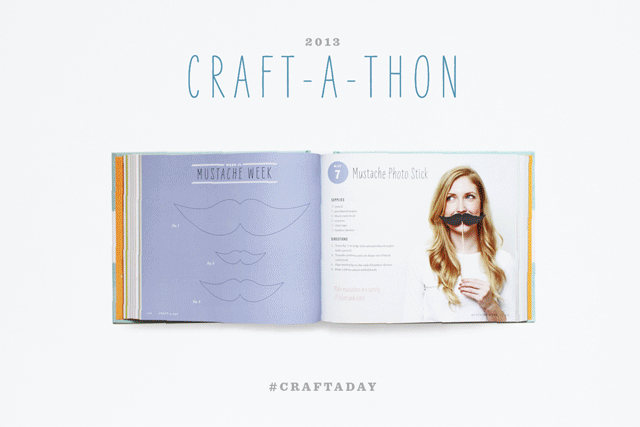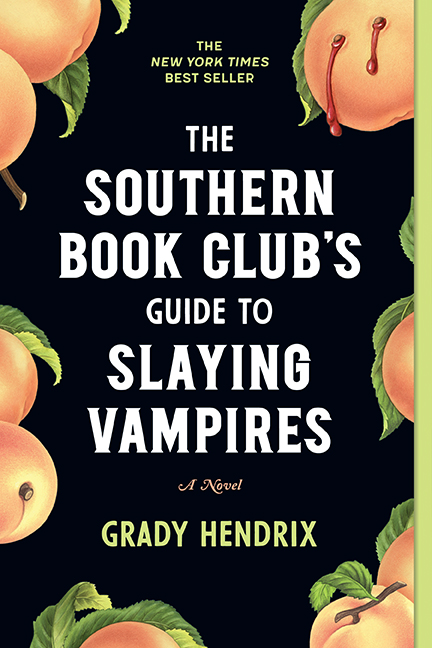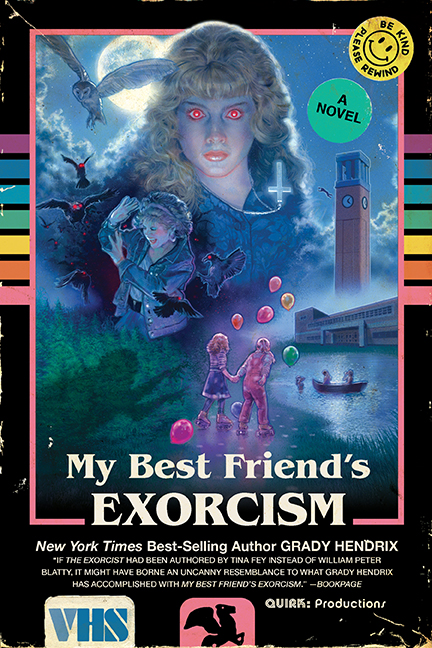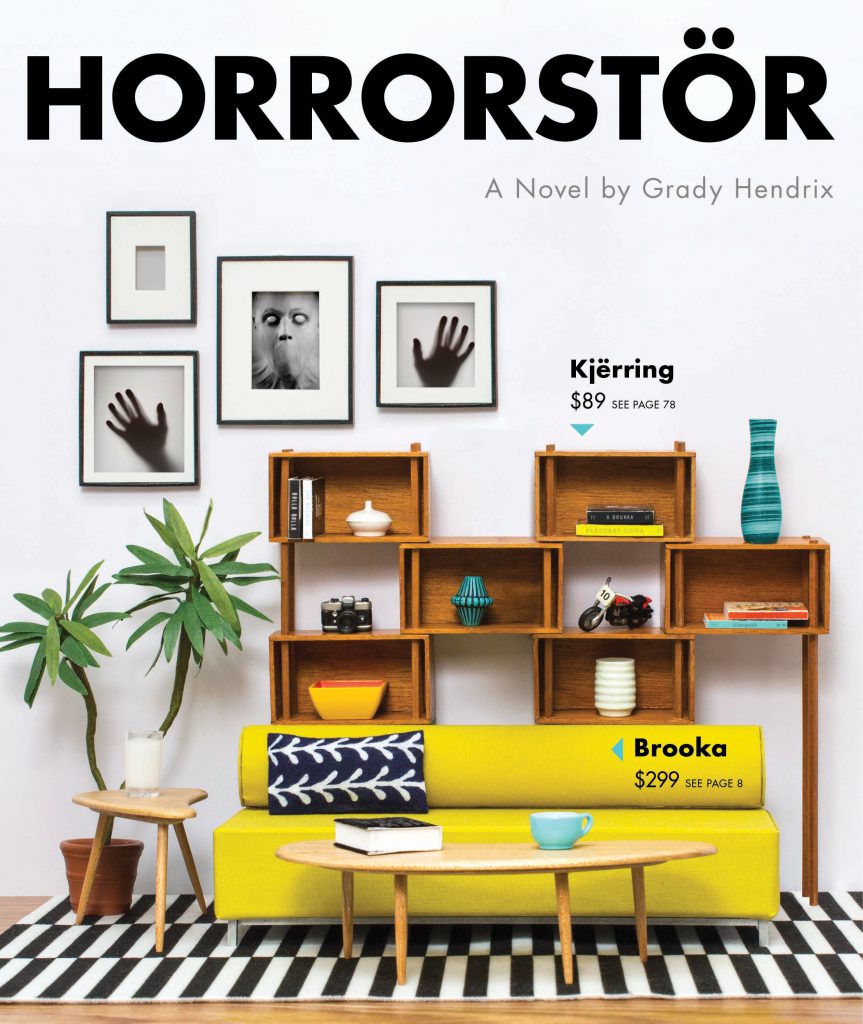Our Blog
Stir Fry Noodles with Pork Meatballs, Beef and Vegetables
This dish starts out with a little of everything, but sums up to a big, huge entree with layers of flavors and generous portions. Twirl your chopsticks through the silky, glass-like thin noodles which serve as the bed for the savory Asian-flavored pork meatballs, zesty beef slices, crisp vegetables all held together by the irresistible sauce.
Posted by Elizabeth Ann Quirino
4 Songs from the 90s that Totally Rip Off Ancient Poetry

It doesn’t take a music snob to get that a lot of 90’s music is unoriginal and derivative. But some songs aren’t derived from just other bands. Yes, some of your favorite car-dancing, toe-tapping anthems are straight-up swiped from dead Roman poets, Old English manuscripts, and ancient books of the Bible. Here are four of our favorite cases of lit-to-lite-rock plagiarism.
Posted by Blair Thornburgh
Best Picture Winner: By The Books
While watching the Oscars, even other writers take a bathroom break when the winners for Best Screenplay give their speeches. You don’t watch the Oscars to see unfamiliar faces thank their spouses and children and mothers and God, it’s all about the celebrities. But what’s interesting, is just how important writers – and books – are to the Academy.
Posted by Kristen Humbert
Doctor Who’s Most Memorable Literary Moments
Doctor Who meets Agatha Christie
The Doctor is a well-read Time Lord, who is particularly fond of British literature. What else would he do between all his adventures?
Here are some of the most memorable literary moments from the new series of Doctor Who.
Posted by Brian Morell
Quirk’s American Literary Road Trip: Route 3
Quirk's American Literary Road Trip is an adventure across the United States through the printed book. Get out a pen and a piece of paper, 'cause you'll want to write down these titles and begin your imaginary vacation.
The third part of our road trip takes us from New Jersey to Georgia, exploring a number of popular fiction books.
Posted by Maria Vicente
January Craft-A-Thon Recap
I started a little Craft-a-thon on my blog to showcase the weekly themes and crafts from my book Craft-a-Day.
Each week I show a few samples of crafts from the book and encourage readers who own the book or app to showcase their #craftaday creations. It has been so much fun seeing all the variations and personal touches people have added to their projects. A few highlights:
Posted by Sarah Goldschadt







